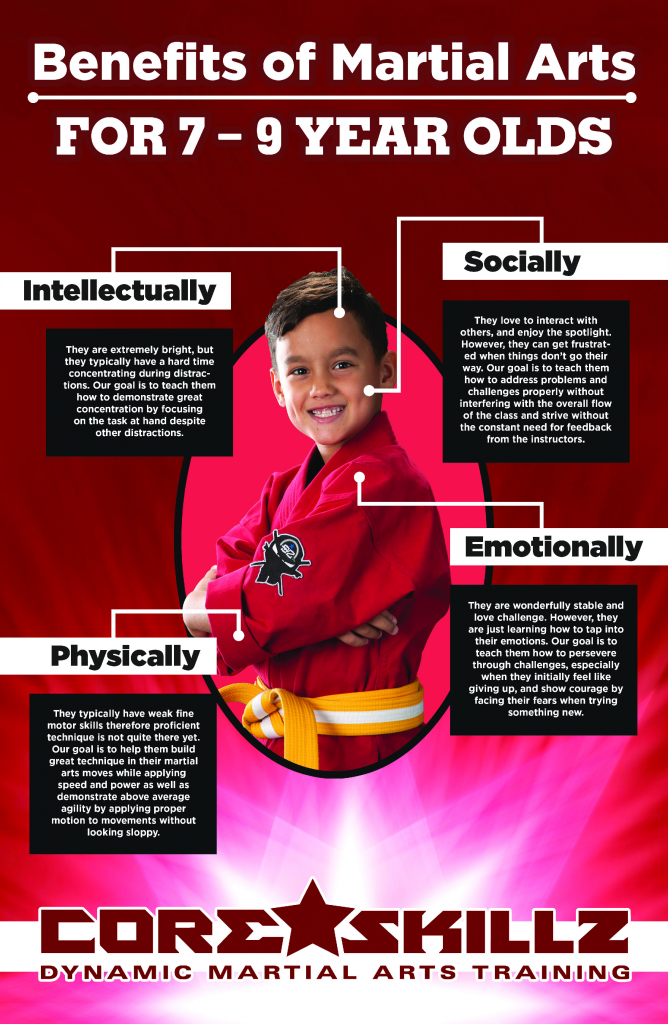The Background And Ideology Of Martial Arts: A Deep Dive
The Background And Ideology Of Martial Arts: A Deep Dive
Blog Article
Content By-Gentry Friedman
Enter the ancient globe where martial arts were born out of necessity in diverse regions. Cultures crafted distinct combating designs intertwined with historic contexts. Strategies advanced over centuries with committed technique and cultural exchanges. Today, modern-day martial arts mix conventional elements for optimal performance. Philosophically, martial arts highlight technique, self-improvement, and harmony. Respect, humbleness, and equilibrium are foundational concepts guiding specialists towards development and strength. Discover the depths of this rich history and viewpoint to discover the extensive influences shaping this enduring discipline.
Beginnings of Martial Arts
Fighting style came from numerous regions around the world, developing as sensible combat systems to defend against threats. These old fighting designs were created out of need, with each society crafting techniques fit to their unique settings and challenges. From please click the next site grappling arts of Jujutsu in Japan to the striking strategies of Kung Fu in China, martial arts were deeply linked with the historical, social, and social textile of their respective cultures.
In gyms that offer martial arts , the samurai class refined martial arts like Kenjutsu, the art of the sword, which later on developed into the extra popularized kind of Kendo. On the other hand, in Brazil, Capoeira emerged as a blend of dancing and battle, produced by enslaved Africans as a way to resist injustice. Each martial art lugs with it an abundant background and ideology, reflecting the worths and beliefs of the people who practiced them.
As you delve into the beginnings of martial arts, you reveal a tapestry of human resourcefulness, strength, and the unrelenting spirit of warriors throughout time.
Advancement of Techniques
Through centuries of practice and improvement, battle methods within various martial arts have actually undergone a profound evolution. From go to this site like Kung Fu and Karate to much more modern self-controls such as Brazilian Jiu-Jitsu and Krav Maga, the development of strategies has been driven by a combination of cultural impacts, practical applications, and technical developments.
One significant aspect of this advancement is the cross-pollination of techniques between various martial arts. For instance, strategies from conventional Japanese Jiu-Jitsu were included right into the production of Judo by Jigoro Kano in the late 19th century. This blending of styles has actually led to the growth of crossbreed martial arts like Mixed Martial Arts (MIXED MARTIAL ARTS), which integrate elements of striking, grappling, and entry methods.
Moreover, the evolution of methods has been shaped by the increasing focus on effectiveness and effectiveness in battle. Practitioners have continuously looked for to refine their techniques via extensive training, testing, and competitors, causing the advancement of very specialized and effective combating designs. On the whole, the evolution of strategies in martial arts reflects the dynamic nature of combat and the recurring quest for improvement and innovation.
Thoughtful Structures
Discovering the underlying philosophical principles of martial arts provides insight right into their core values and guiding beliefs. At the heart of lots of martial arts techniques is the idea of technique itself. By training your mind and body to work as one cohesive device, you grow discipline that extends past the dojo or fitness center right into day-to-day life. This discipline includes respect, humility, and self-constraint, shaping not just your physical abilities yet additionally your personality.
An additional basic philosophical foundation in martial arts is the concept of continual self-improvement. The trip of grasping a martial art is never-ending, with professionals regularly striving to better themselves, both literally and mentally. This focus on development cultivates durability, determination, and a growth attitude that can be related to all facets of life.
Furthermore, martial arts stress the importance of harmony and equilibrium. Strategies are designed to utilize an opponent's power versus them, highlighting the principle of yielding and rerouting force as opposed to meeting it head-on. This philosophy extends to social relationships, promoting relaxed resolutions and good understanding. By welcoming these thoughtful structures, martial musicians not just improve their battle abilities however additionally cultivate a way of life fixated personal growth, respect, and consistency.
Conclusion
To conclude, the history and philosophy of martial arts provide an abundant tapestry of tradition, technique, and self-improvement.
Consider example the story of Bruce Lee, who transformed martial arts by blending various designs and ideologies to develop his very own distinct form of Jeet Kune Do.
Via commitment and development, martial artists remain to push boundaries and inspire others to reach their complete potential both in fight and in life.
